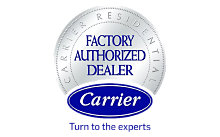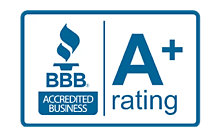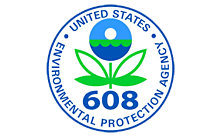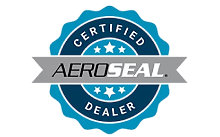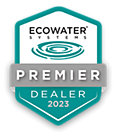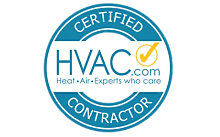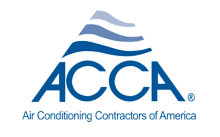Best Chlorine Removal Company in Indianapolis
Why Should You Remove Chlorine from Your Home’s Water?
We have relied on chlorine to purify our water and kill unwanted microorganisms, and it has done a good job of killing most of them for over 100 years. But there are some downsides.
Chlorine treatment does not absolutely ensure the faucets in your home provide drinking water that is free of unhealthy microorganisms. Bacteria e-coli can occasionally be found in chlorinated tap water. So, chlorine treatment doesn’t guarantee safe drinking water. The chlorine used to treat our water combines with organic matter in the water to form compounds called Trihalomethanes (THMs). THMs are toxic when consumed, inhaled, or applied to the skin.
Our water quality expert can visit your home and analyze your water for only $17. Chlorine is only one of the things that the water quality analysis can reveal.
How Can I Remove Chlorine from My Water?
A reverse osmosis system removes impurities including chlorine from water. It uses your home’s water pressure to push tap water through a semi-permeable membrane. You will have healthier water with a great taste and no odor.
Carbon filtration absorbs chlorine without negatively affecting your home’s water. The carbon filter removes chlorine and organic compounds and provides filtered water throughout your home. This minimizes the amount of chlorine that you absorb while bathing or inhale while showering. Adding a reverse osmosis water system in your kitchen will produce the safest drinking water that tastes good and is odor-free.
What Are the Effects of Drinking Chlorinated Water?
Research on the health effects of chlorinated drinking water has revealed some issues with toxicity. According to the Environmental Protection Agency (EPA), there is evidence that supports a potential association between long-term exposure to high levels of THMs and bladder, colon, and rectal cancer.
There is also a concern about the effects of chlorine on pregnancy. The Environmental Research Foundation cites several studies linking moderate to heavy consumption of chlorinated tap water by pregnant women with higher miscarriage and birth defect rates.
Chlorine treatment does not absolutely ensure the faucets in our home provide drinking water that is free of unhealthy microorganisms. Bacteria e-coli can occasionally be found in chlorinated tap water. So, chlorine treatment doesn’t guarantee safe drinking water.
Chlorine Removal Services Calls Are answered 24/7/365
What Are the Effects of Chlorinated Water on Our Bodies?
You inhale chlorine during showers. When you shower and bathe in chlorinated water, you may be exposed to more chlorine than you are when drinking it. Chlorine is not only absorbed through your skin but also inhaled into your lungs when it vaporizes in the shower. So, most of our exposure to chlorine is during our showers. How long do you usually stand under chlorinated water?
Food for Thought…
What happens when you put chlorine into a fishbowl?
Answer: All the fish die. That is why fish tanks come with a de-chlorinator.
So, why are we drinking and showering in chlorinated water?
Facts About Drinking Water
- Water makes up approximately 70% of a human’s body weight – but DON’T stop drinking water to lose weight!
- Approximately 80% of your brain tissue is made of water (about the same percentage of water found in a living tree).
- The average amount of water you need per day is about 3 liters (13 cups) for men and 2.2 liters (9 cups) for women.
- By the time you feel thirsty, your body has lost more than 1% of its total water.
- Drinking water can help you lose weight by increasing your metabolism, which helps burn calories faster.
- The average person could live without food for nearly a month, but we could only survive about one week without water—that’s how essential water is to human life.
- Good hydration can prevent arthritis. With plenty of water in your body, there is less friction in your joints, thus less chance of developing arthritis.
- Drinking enough water everyday can help reduce heart disease and cancer. Water helps flush toxins out of your body, and the fewer toxins that come into contact with your colon, bladder, and other organs, the less chance that critical ailments can develop.
- Good hydration can help reduce cavities and tooth decay. Water helps produce saliva, which keeps your mouth and teeth clean.
Award Winning & Industry-Leading
Who Is MAX?
Max is an important part of our team. He is more than just a cartoon character. Max represents our commitment to quality work, craftsmanship, pride, and our passion to serve our clients and community. We celebrate this mentality through Max because these are the values that drive us to be the area’s most complete and comprehensive home service company. So, now when you see Max, you’ll know the story behind the man with the mustache!


